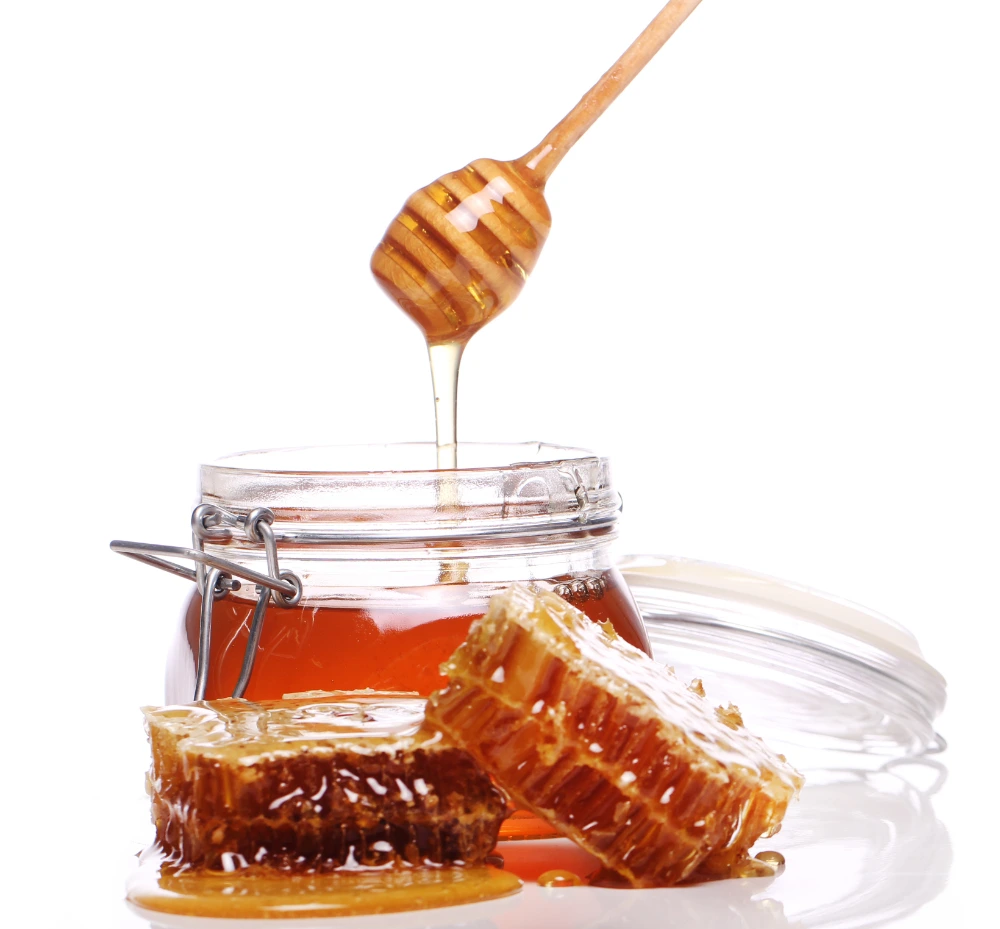
Do you love honey? Besides being a natural sweetener, honey is widely praised for its health benefits. But did you know not all honey sold in the market is pure? Fake honey can pose risks to your health. Here’s how to tell pure honey from fake honey, so you won’t be tricked again!
Honey: A Natural Sweetener Packed with Benefits
Honey has been used for centuries as both food and medicine. Just one tablespoon (21 grams) of honey contains:
- Calories: 64
- Carbohydrates: 17 grams
- Nutrients: Small amounts of vitamin C, iron, magnesium, and calcium.
Pure honey is also rich in antioxidants that combat free radicals, boost the immune system, and support heart health. However, due to its high demand and the time-consuming process of obtaining raw honey, counterfeit products have flooded the market. Dishonest sellers often mix honey with cheaper substances and market it as pure honey.
Common Adulterants Found in Fake Honey
1. Molasses
A thick, dark syrup derived from boiled sugarcane juice, often used to mimic honey’s sweetness and texture.
2. Liquid Glucose
A shiny, viscous liquid commonly used in confectionery and baking as a cost-effective alternative.
3. Invert Sugar
A processed syrup with a texture similar to honey, made from refined sugar.
4. High-Fructose Corn Syrup (HFCS)
Made from processed corn, HFCS has a consistency and a taste similar to honey.
5. Rice Syrup
A common global adulterant, produced during rice processing.
Read More : Make Dishes as Delicious with These 5 Worcestershire Sauce Substitutes
Why Choosing Pure Honey Matters

These adulterants may be high in calories but lack the nutritional benefits of pure honey. Consuming them can raise blood sugar levels without offering any health advantages. That’s why it’s crucial to identify pure honey and enjoy its maximum benefits.
Home Tests to Check Honey Purity
According to Redcliffe Lab, the most accurate way to test honey’s purity is through laboratory analysis. However, there are simple tests you can try at home:
1. Water Solubility Test
Slowly pour honey into a glass of water. If it sinks without dissolving, it’s likely pure. However, thick fake honey can yield similar results, and unripe honey (which is pure but thinner) may dissolve.
2. Flame Test
Dip a matchstick into honey and attempt to light it. Pure honey, which contains minimal water, will ignite easily. If the matchstick struggles to light, the honey may be adulterated.
3. Blot Test
Drop honey onto a piece of cloth or blotting paper. Pure honey flows without soaking the surface, while fake honey often absorbs into it.
4. Vinegar Test
Add a few drops of honey to a glass of vinegar water. If foam forms, the honey is likely fake. No reaction? Your honey is probably pure.
Using Honey as a Natural Sweetener
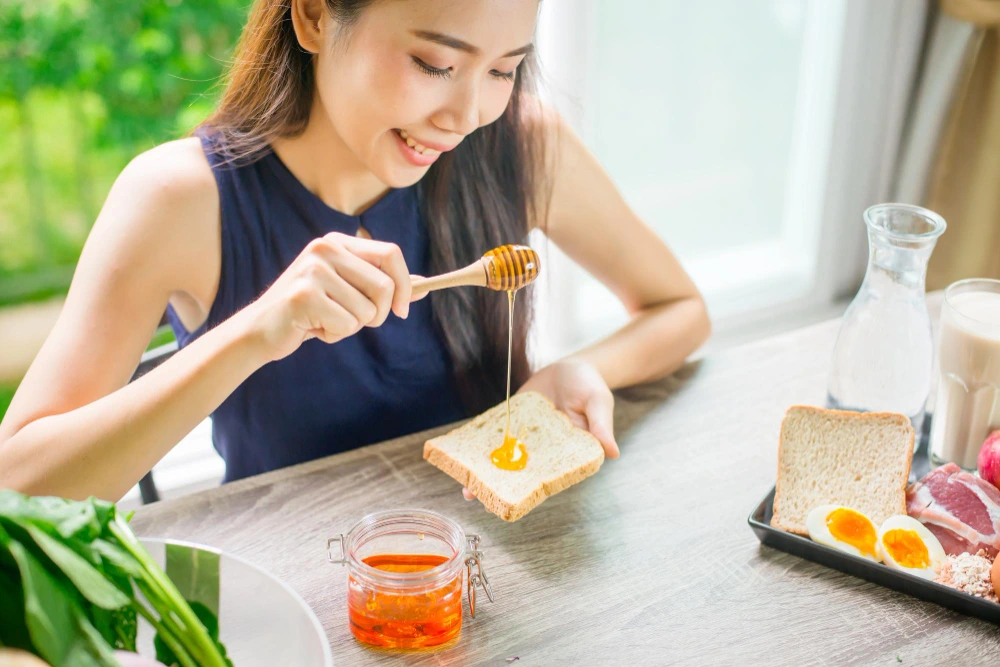
Pure honey can serve as a healthier alternative to sugar in beverages or recipes. But remember, moderation is key—honey is calorie-dense and can spike blood sugar if overconsumed.
For those who love experimenting in the kitchen, try incorporating honey into recipes like cakes, herbal teas, or smoothies. Boost the nutritional value with FiberCreme, a high-fiber, low-sugar, zero-cholesterol creamer that adds a rich creaminess to your creations.
Want more honey and FiberCreme recipes? Check out creative, healthy ideas on @FiberCreme_TV and the Ellenka YouTube channel!

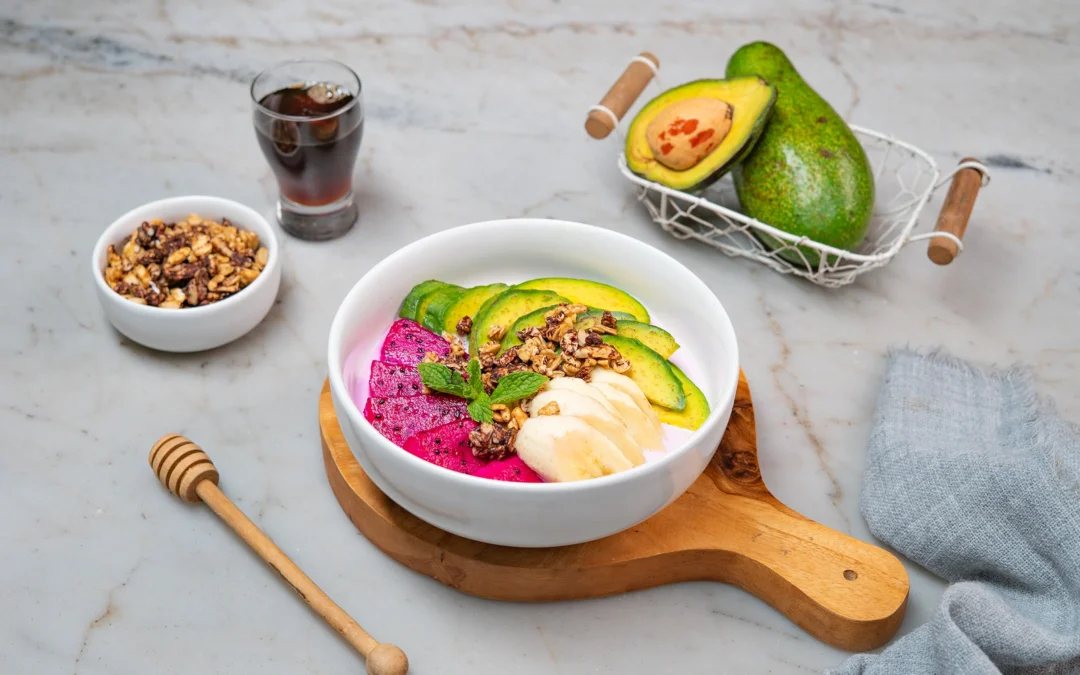
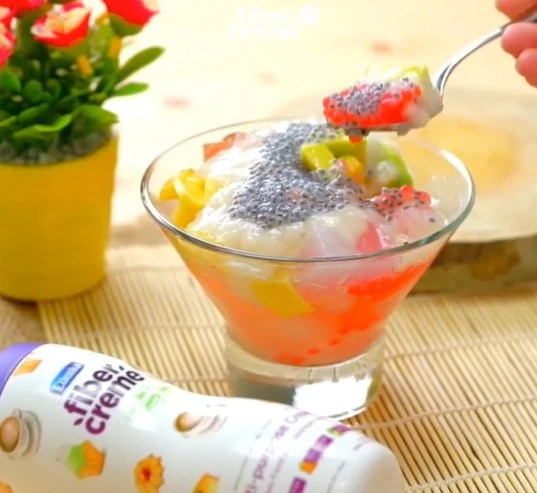
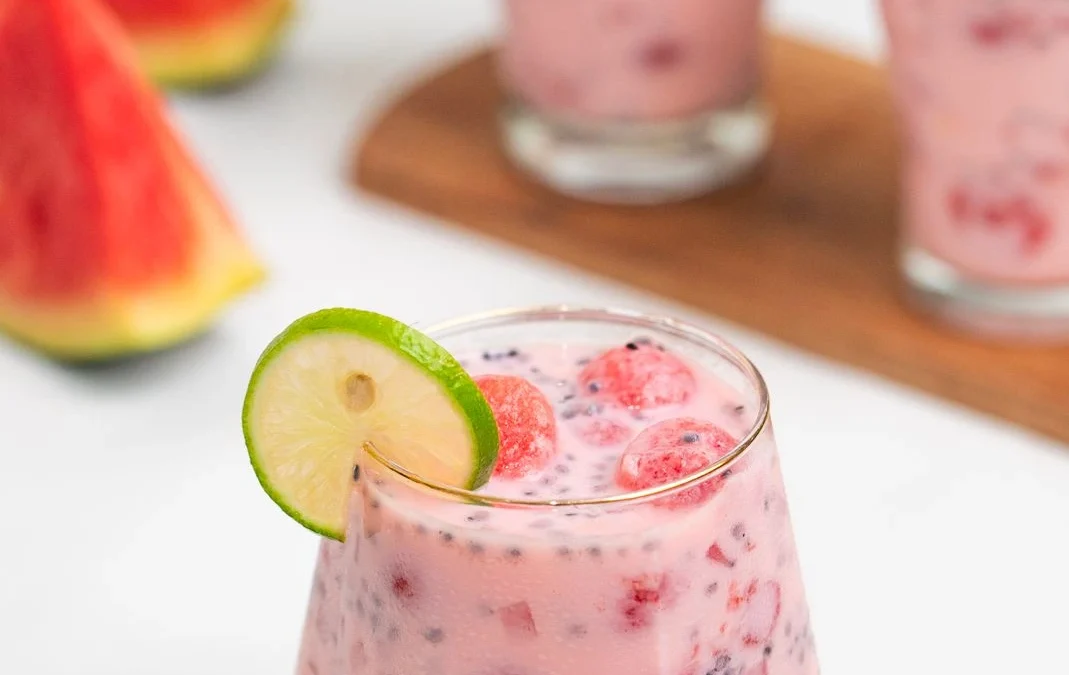
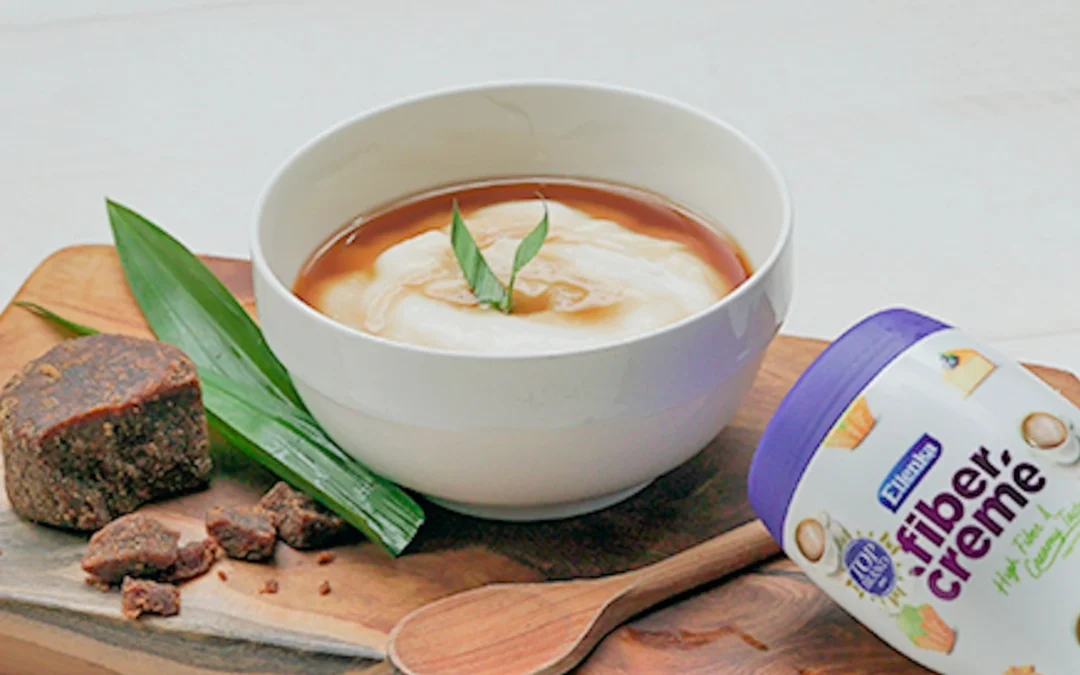

0 Comments